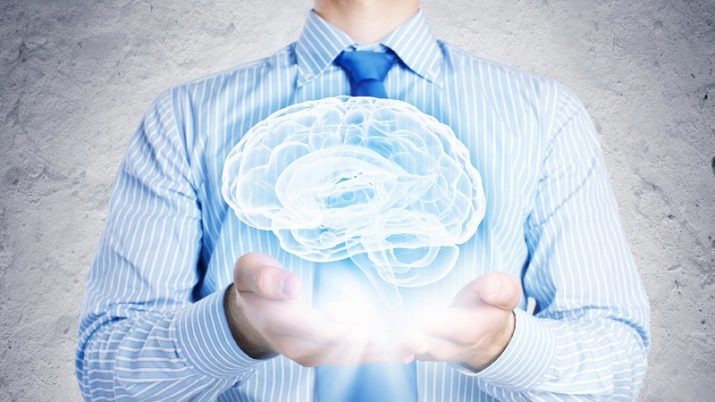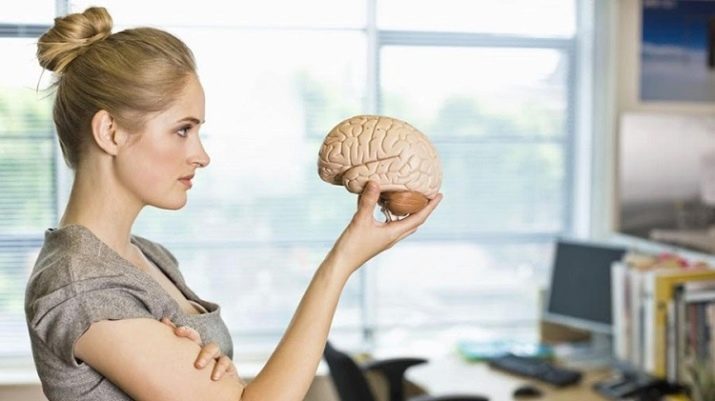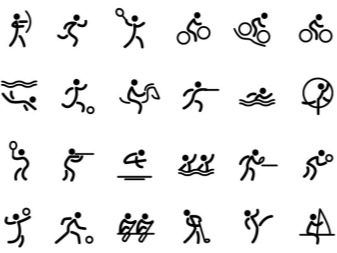Memorization: what is it and what are the factors that determine effectiveness?

In modern society, a person's competitiveness is determined by the ability to acquire new knowledge. And the effectiveness of learning is inextricably linked with the tendency to memorize material in a high quality manner. In this article, we will take a closer look at memorization: what it is and what are the factors that determine its effectiveness.
What it is?
When previously unknown information gets into the structure of the brain, their perception, experience, identification of various characteristics, mental construction of associative rows, the establishment of semantic connections and coding occur. In psychology, there is the following definition: memorization is the process of entering new information into the memory store using associative links with the direct participation of mental activity for the subsequent preservation of the perceived data... The process of memorization begins with the perception of events by the senses. Its speed depends on which receptors of the subject are involved at the time of receipt of information.
So, portrait fixation varies from 0.25 to 0.75 seconds. When too much visual information is received, some data are superimposed on others. The original information is retained until it is transferred to long-term memory or is forgotten. Compared to the level of storage of the visual image, the trace of a brief auditory stimulus can be retained for a longer time: from 2 to 3 seconds. This property allows you to catch not individual sounds, but an integral melody. The physiological theory is based on the characteristics of higher nervous activity.
Physiologists believe that the process of memorization is a conditioned reflex that arises at the junction of acquired and already acquired knowledge. The goal is achieved with the help of reinforcing actions.

Factors Determining Effectiveness
The strength of the assimilation of the material depends on three factors influencing the effectiveness of memorization: attention, repetition and association. For the successful capture and high-quality retention in memory of a large amount of information, the following general conditions must be observed:
- effective memorization of various events and facts is facilitated by daily walks in the fresh air, exercise, good nutrition and healthy sleep;
- it is believed that the best time of day for assimilating various knowledge is the morning and afternoon hours; the productivity of the process starts from 10-11 am;
- an important factor is the absence of stress and negative emotions;
- the material is remembered quickly and firmly if a person himself aspires to it;
- information should be divided into fragments, semantic units should be distinguished in them, the logical interconnection of parts should be revealed; an important place is occupied by the semantic and spatial grouping of information;
- a positive emotional background and the brightness of the memorized information are of decisive importance; you can always give an ordinary event expression and saturation; extraordinary and amazing impressions remain in the memory of a person for a long time;
- information that interests the individual is easily recorded;
- an important factor is the awareness of the significance and understanding of the meaning of the material being mastered;
- the memorization coefficient also depends on the frequency of intelligently organized systematic repetition.

Species overview
It is natural for a person to forget many facts, but information that supports his beliefs, views and hobbies is stored for a long time in the storage of brain structures. Selective memorization manifests itself in the fact that only part of the perceived information remains in the head. From the huge flow of information, the brain automatically stores only the facts that are of interest to the person at the moment.
Interval memorization implies a phased fixation in memory of some data, their repetition after a certain period of time. For example, important information is recorded on a piece of paper and tried to be reproduced in memory after 2 weeks. Then forgotten facts are written down. After half a month, all the information is restored in memory. If some information could not be remembered, then they are rewritten again, repeated and left for 2 weeks. And this continues until the entire text is assimilated. The spaced repetition method is used in the study of foreign languages.
Sometimes people, in order to keep a large amount of information in their head, resort to cramming... The basis of the mechanical fixation of the material is formed by contiguity associations without realizing the logical connection between the fragments of the information received. This type of deliberate memorization is characterized by memorization without thinking, so it is ineffective. Unlike him semantic memorization is based on a clear understanding of the logical chains between individual pieces of information being mastered, so it is remembered better.
Specialists in the method of fixing new information distinguish voluntary and involuntary memorization.

Conscious
Purposeful retention in the head of events and facts is a special and complex thought process, subordinated to the task of remembering. Meaningful consolidation of the material using associative rows, logical reasoning, systematic repetition is attributed to voluntary memorization.
The deliberate fixation of information in the structures of the brain requires volitional efforts. Usually, the subject sets himself the specific task of memorizing certain data. For this purpose, he uses special techniques, performs certain actions. For example, multiple repetition of the necessary data occurs until they are fully assimilated.
Unconscious
The fixation of information can happen by chance, without the expenditure of certain volitional efforts by the individual. This automatic action of the mental process is called involuntary memorization. Unintentional imprinting of some data keeps a certain trace in the cerebral cortex. Vital information is best stored in memory. Information related to the interests and needs of the subject is well remembered.
Tasks
In the process of memorizing data, it is very important for each person to learn to set the right tasks for themselves. Any learning is inextricably linked with the perception of a huge amount of new information. Without the desire to memorize the acquired knowledge, they are immediately forgotten. The solution to this problem is facilitated by mnemonic techniques. They are based on coding information and creating chains of individual associations saturated with specific emotions and vivid images.
Each person himself determines the tasks that are important for himself.

Sequence of stages
The process of storing information in memory has specific periods, which are carried out sequentially.
- The first stage is encoding into images... Thanks to certain techniques and methods, the memorized information is transformed into simple visual representations. If necessary, they are converted to their original form and reproduced. But not all incoming information is capable of being transformed into visual images. For example, numbers are first translated into an alphabetic code, which finds a suitable word that has a mental connection with the corresponding way.
- The second stage involves connecting the created views. After the transformation of individual elements of memorized information into visual images, they are combined into an artificial association. The brain establishes the relationship between the associative rows in order to further retrieve the entire association from memory as a whole. The images combined in the imagination form an associative connection. They are recorded in memory as one picture.
- The next stage involves fixing the sequence of specific information., consisting in the formation of a clear program of recollection. Thanks to her, in the future, there is an error-free reproduction of the recorded information in the desired sequence.
- The final stage is characterized by fixing information in memory.... Multiple mental repetition of data allows it to be stored in the cerebral cortex for a long time. With a single perception, the created associative rows are destroyed within one hour.
The duration of the storage of information in the storage of the brain depends on the frequency of their activation.


Ways to increase
If the perception of new material is difficult due to the existing problems with memorization, you must choose the right strategy. You should tune yourself to the assimilation of information. Any comparisons, isolating the main ideas, calculations improve the learning process. Psychologists recommend, in order to improve the assimilation of educational material, to perform some actions with memorized information.
All students in a secondary or higher educational institution need to retell the information under study in their own words for the effective assimilation of the educational material. It is always worthwhile to associate it with previously acquired knowledge, draw parallels between them, build associative rows with facts and information obtained as a result of personal experience. It is necessary to use cheat sheets and the Internet as little as possible to obtain the necessary material. You should rely on your own memory, use all the available potential of your thinking.
As you prepare to speak, memorize the outline of your speech, not the entire text. Best of all, the beginning and end of a text or a memorized row are stored in memory. This feature is called the "edge effect". This fact should be taken into account when preparing a speech. Find interesting examples, write down the key words.
Increases the memorization of information alternation technique... It implies, after partially completing assignments in one subject, switching to another educational discipline with a subsequent return to the previous material. When alternating objects, it is important to clearly structure all information, then a chaotic pile-up of various events will not occur.
It is aimed at indirectly memorizing concrete and abstract concepts. technique of pictograms. It involves replacing memorized words with pictures. Schoolchildren usually quickly come up with images that succinctly symbolize the desired concept, and depict them graphically. The restoration of the words fixed in the form of pictures in memory does not cause difficulties. There are many special techniques designed to memorize faces, names, patronymics, surnames. Some of the techniques suggest associating an image with a literary or fairytale hero.
You can turn to the etymology of the name and build a mental image on its basis. The method of linking a person to a name, profession, hobby, habits by building associative links is widely used.










